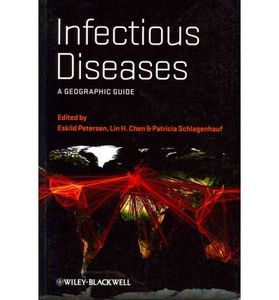Australia and New Zealand
Leder, Karin, Torresi, Joseph, and Shaw, Marc (2011) Australia and New Zealand. In: Petersen, Eskild, Chen , Lin H., and Schlagenhauf, Patricia, (eds.) Infectious Diseases: a geographic guide. Wiley-Blackwell, Chichester, UK, pp. 326-340.
![[img]](https://researchonline.jcu.edu.au/23477/2.hassmallThumbnailVersion/23477_Leder_et_al_2011_Book_Cover.jpg)
|
Image (JPEG) (Book Cover)
- Cover Image
Download (29kB) |
|
|
PDF (Published Version)
- Published Version
Restricted to Repository staff only |
Abstract
Australia has both temperate and tropical areas, the temperate areas being the southern and coastal regions, and the tropical areas being central and northern Australia. Temperate Australia and New Zealand have similar health services and diseases, with the risks of most common community illnesses (e.g., gastroenteritis, respiratory viruses) being similar to those in other developed countries globally. However, a number of diseases found in temperate Australia have never been reported from New Zealand, including Ross River virus (RRV), Murray valley encephalitis (MVE), Barmah Forest virus (BFV), Q fever, tick typhus, scrub typhus, Hendra virus, lyssavirus, and Mycobacterium ulcerans.
The tropical areas of Australia are sparsely populated, have relatively basic medical services, and have different disease patterns. Especially among Australian Aborigines, there are high rates of infections such as Strongyloides stercoralis, HTLV-1, rheumatic fever, trachoma, melioidosis, and scabies.




